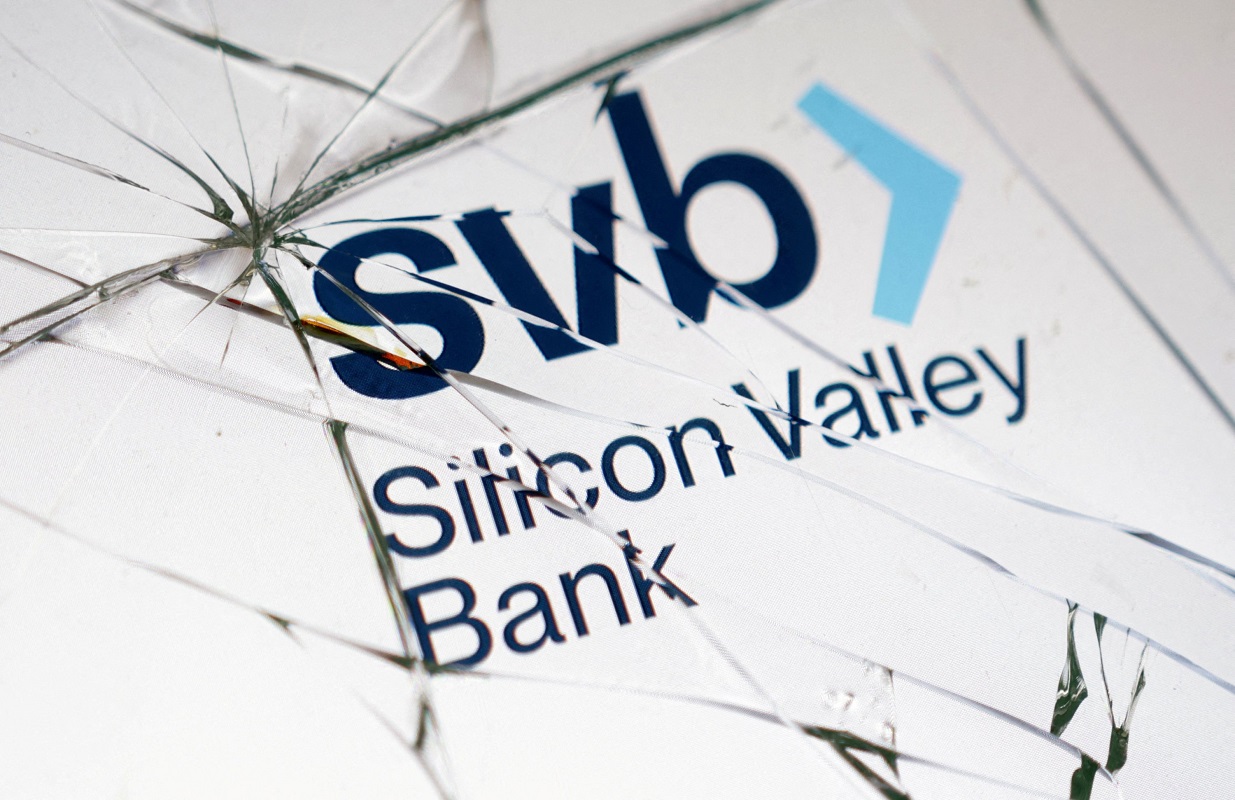The Mighty Fall of Silicon Valley Bank
Shurat Rana Rushmi | 16 May 2023
A few days ago, Silicon Valley Bank (SVB) was viewed as a highly-respected entity in the tech industry, with thousands of venture capital-backed U.S. startups as clients. However, on March 10, 2023, SVB was closed by regulators due to a panic-induced bank run.
Prior to its demise, Silicon Valley Bank, which was founded in 1983, was the sixteenth largest commercial bank in the United States. It provided banking services to almost half of the venture-backed technology and life science companies in the United States. The Federal Deposit Insurance Corporation (FDIC) reported that SVB’s assets totaled $209 billion at the end of 2022. SVB benefited tremendously from the tech sector's explosive development in recent years, which was fueled by ultra-low borrowing costs and a surge in demand for digital services caused by a pandemic. SVB was a preferred bank for the technology industry because it supported startups that not all banks would approve due to their higher risk profile.
It took 44 hours for SVB to collapse, but its origins can be traced back to the early pandemic years. In 2021, venture-backed enterprises in the United States raised a record $330 billion, double the amount raised in 2020. In order to stimulate the economy, interest rates were at rock-bottom levels at the time. During the period of near-zero interest rates, SVB invested billions in US government bonds, as did numerous other institutions. When interest rates have been low for a long time and then immediately rise, all the money that was flowing to the customers is abruptly stopped. These venture-backed clients provided SVB with billions of dollars during this time period. In just one year, their deposits increased by 100 percent. They invested these funds in bonds with extended maturities. As a result, a perilous trap was constructed because the company anticipated that interest rates would remain low. As interest rates increased and bond prices fell, SVB began incurring significant losses on its long-term bond holdings. When SVB announced on March 8 that it was raising $1.75 billion in capital, people became concerned that the bank lacked capital. This information rapidly spread via social media platforms such as Twitter and WhatsApp, causing widespread panic. Customers began withdrawing cash in surges. The stock of SVB fell 60% on March 9 after the company's announcement of a capital raise. On March 10, California regulators closed the bank and placed SVB under the supervision of the FDIC. In contrast to personal banking, SVB clients had significantly greater accounts. During the bank run, it did not take long for funds to deplete, as the escalating rate of withdrawals caused a cascading effect. If SVB had held on to those bonds until they matured, it would have recouped its initial investment.
Previously, Silicon Valley Bank extended short-term loans. However, in 2021, they shifted to longer-term securities, such as Treasuries, in order to increase yield, and they did not secure their liabilities with short-term investments for quick liquidations. They were insolvent for months because they were unable to sell their assets without incurring a substantial loss. When economic factors impacted the technology industry, numerous bank customers withdrew funds as venture capital began to dry up. Because these deposits were secured by long-term investments, SVB lacked the liquidity to liquidate them. They began selling their bonds at a substantial loss, causing concern among customers and investors. The bank failed within 48 hours of disclosing the transfer of assets.
Currently, the greatest concern is the technology sector, which has been struck by recessionary conditions, forcing larger technology companies to lay off employees. Now, one of their most significant supporters has fallen. The management teams of other institutions may be hesitant to invest in startups due to the risk involved. In a broader context, the failure of SVB demonstrates the necessity of financial management in both good and bad economic periods. In a recessionary environment, businesses must take additional precautions regarding rising interest rates, supply chain issues, and capital-raising difficulties. While much of SVB's focus was on the technology industry, the bank's stunning failure has shaken an already jittery financial sector. When the dust settles, it is difficult to predict the repercussions of this dramatic event. The entire industry is in crisis, and the banks and investors that support these assets will need to determine a course of action.
Shurat Rana Rushmi
Research Assistant, Centre for Governance Studies (CGS)
